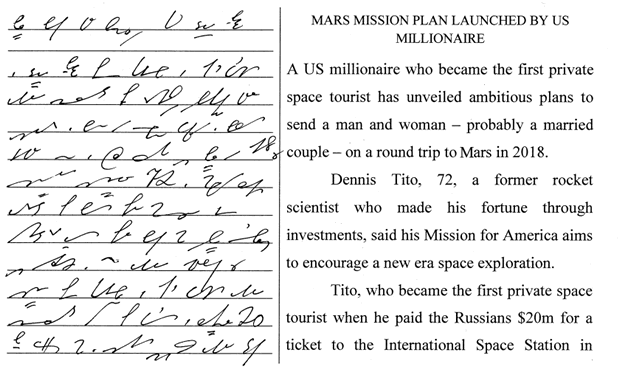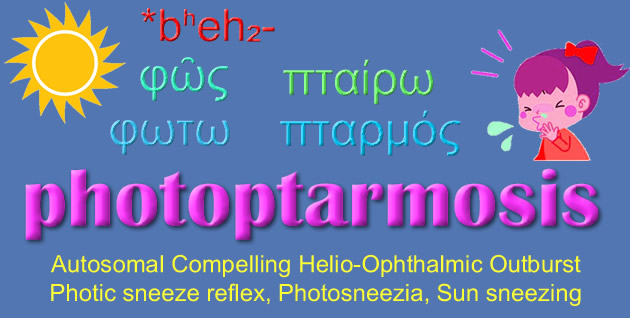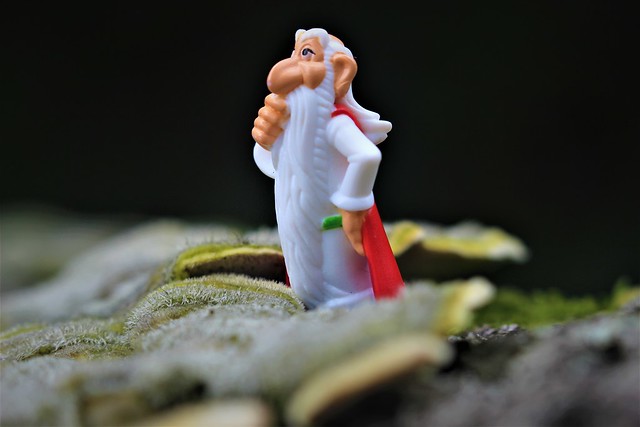Podcast: Play in new window | Download
Today we are uncovering the origins of the word hat.
A hat [hæt / hat] is:
- a covering for the head, often in the approximate form of a cone, dome or cylinder closed at its top end, and sometimes having a brim and other decoration
- a particular role or capacity that a person might fill.
It comes from the Middle English hat [hat] (hat, cap, helmet), from the Old English hæt(t) (hat, head-covering), from the Proto-Germanic *hattuz [ˈxɑt.tuz] (hat), from the Proto-Indo-European *kadʰnú-, from *kadʰ- (to guard, cover, protect, care for) [source].
Words from the same root include: hood, heed in English, hat (hat) in Danish, hatta (hat) and hätta (bonnet, hood) in Swedish, hattu (hat, cap) in Finnish, hoed (hat, lid) in Dutch, Hut (hat, cap, protection, keeping) in German, and cadw (to keep, guard, defend, save) in Welsh [source].
There are quite a few idioms and sayings related to hats, including:
- at the drop of a hat = (to do sth) without any hesitation, instantly. For example, I can talk about language and linguistics at the drop of a hat.
- to eat one’s hat = a humorous action that one will allegedly take place if something very unlikely happens. For example, if a million people listen to this podcast, I’ll eat my hat.
- old hat = something very common or out of date.
- to pass the hat = to ask for money, solicit donations or contributions
- to keep sth under one’s hat = to keep sth secret
Here’s a video I made of this information:
Video made with Doodly [afflilate link].
I also write about words, etymology and other language-related topics on the Omniglot Blog, and I explore etymological connections between Celtic languages on the Celtiadur.
You can also listen to this podcast on: Apple Podcasts, Amazon Music, Stitcher, TuneIn, Podchaser, PlayerFM or podtail.
If you would like to support this podcast, you can make a donation via PayPal or Patreon, or contribute to Omniglot in other ways.















